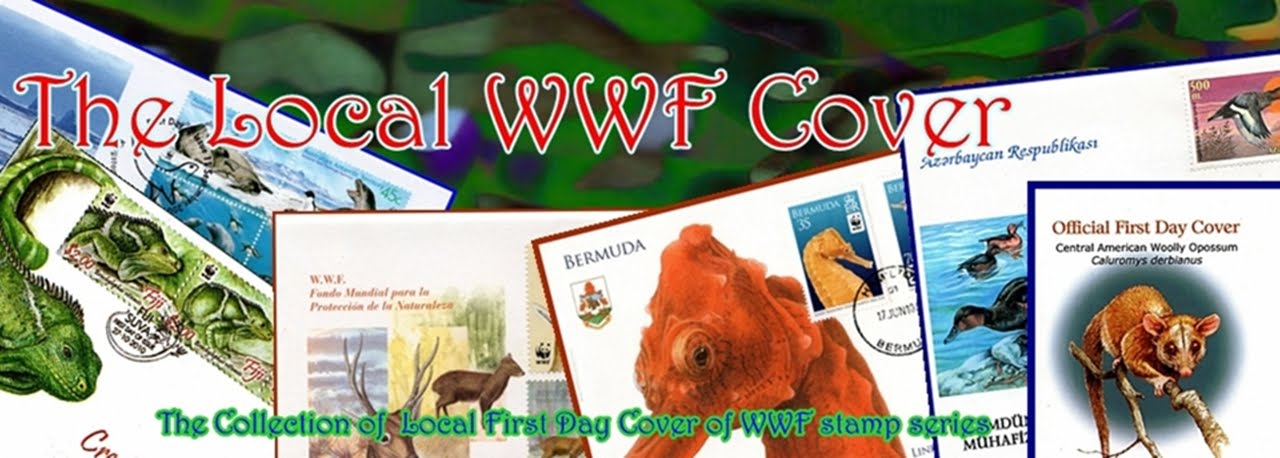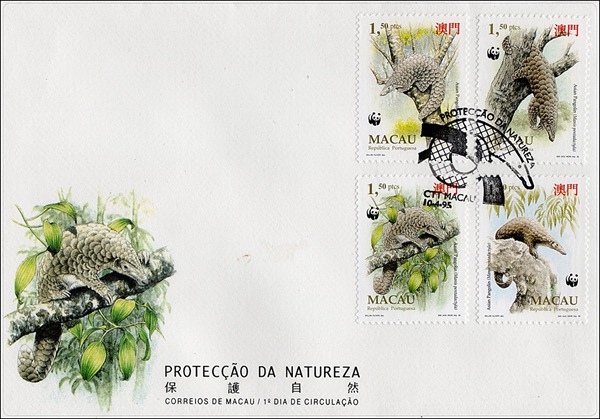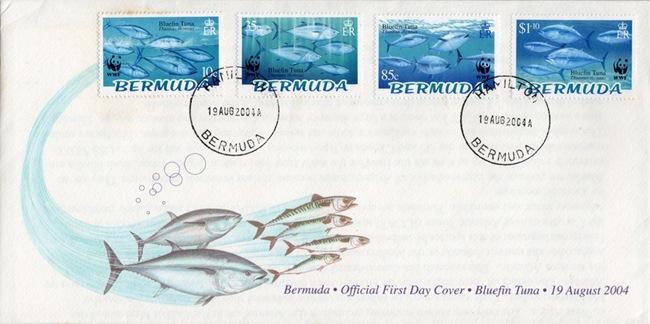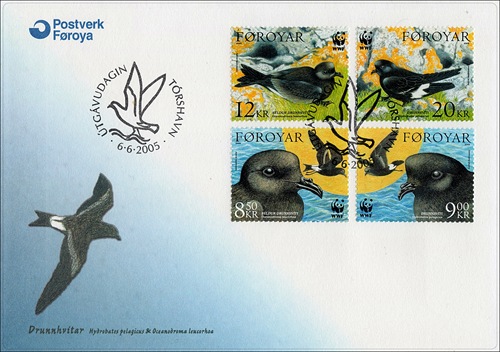In conjunction with the WWF stamp issued on the 01st of August 2010, "Fishing Cat“, the Vietnam Post released the official FDC which depicts the species and have a special postmarked.
The Vietnam Post issued 2 first day cancellations of this stamp set with the locations in Hà Nội and Hồ Chi Minh city. Other cover has sealed with the miniature sheet of stamp set.

The Fishing Cat (Prionailurus viverrinus) is a medium-sized cat. Its fur has an olive-grey colours with dark spots arranged stripe-like running along the length of the body. The face has a distinctly flat-nosed appearance. They are stocky of build with medium short legs, and a short muscular tail of one half to one third of the length of the rest of the animal.


























